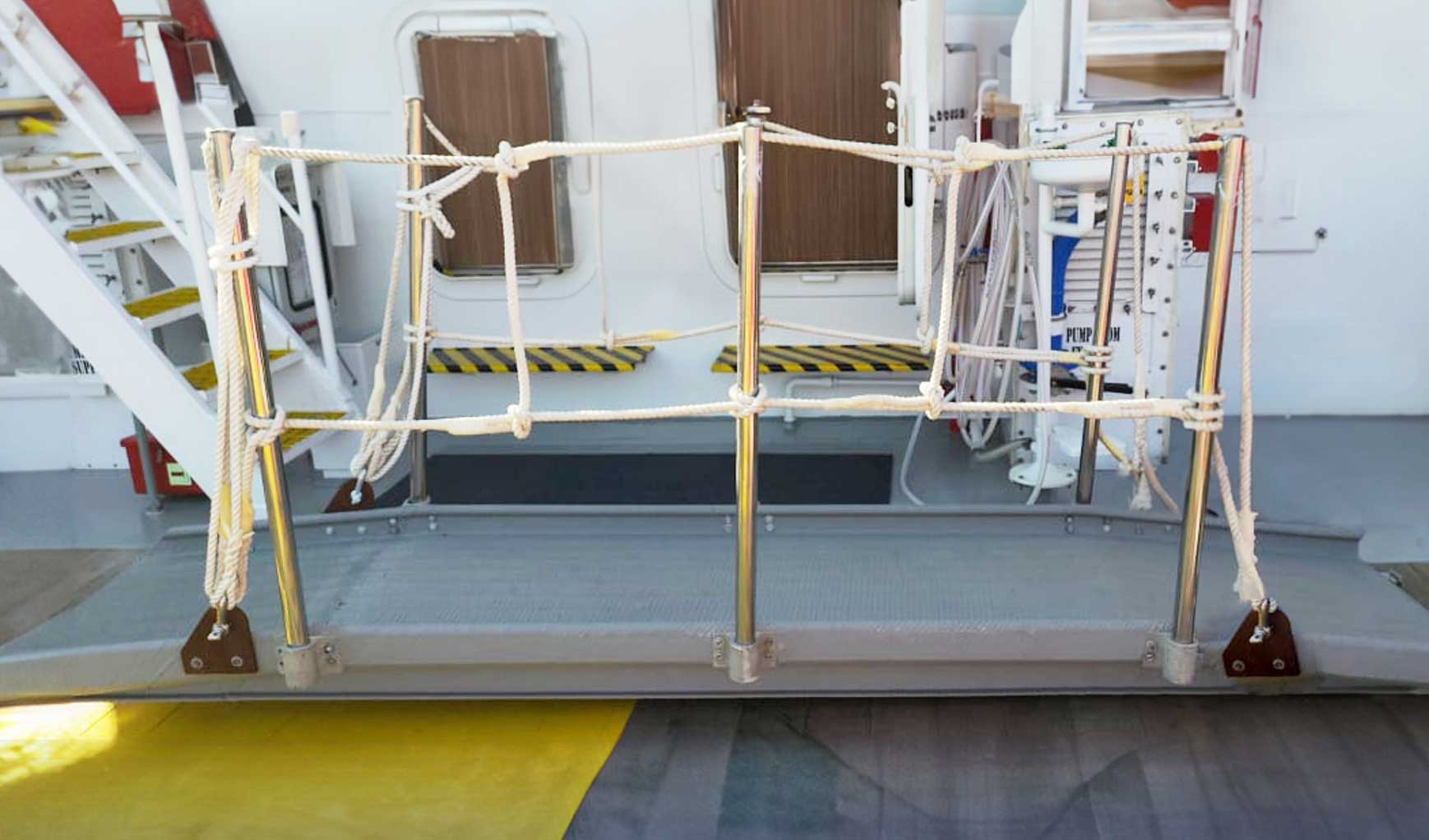The Saudi Arabian 3D printing service provider Namthaja has additively manufactured a three-metre-long, ISO-certified ship landing stage. The company utilised Fused Granulate Fabrication (FGF) technology to produce a lighter alternative to conventionally manufactured jetties without compromising on performance.
The one-piece gangway is 3 metres long and 60 centimetres wide. It was developed in accordance with the ISO 7061:2015 standard, which stipulates a maximum deflection of 40 mm with a load of 720 kg. Namthaja states that its gangway can carry a load of 750 kg with a deflection of less than 20 mm. It is also 30% lighter than comparable metal structures.
Namthaja used a robotic arm for production in order to minimise manual processes. The material used was ASA-GF, which is characterised by its UV and weather resistance. The glass fibre reinforcement increases the strength and improves the dimensional accuracy of the printed part.
Namthaja CEO Faisal Alamer emphasises: “This landing stage exceeds ISO requirements by over 50% and demonstrates the exceptional reliability of the additive manufacturing process. This milestone represents a significant step forward in the industrialisation of 3D printing.”
FGF was chosen because this technology enables the production of large components while offering high material efficiency. The use of granulate instead of filaments also allows a greater choice of materials and reduces costs.
The development of this landing stage demonstrates the potential of 3D printing for the shipping industry. Advantages such as weight reduction, design freedom and the possibility of on-site production could lead to wider application in this sector in the future.
Subscribe to our Newsletter
3DPresso is a weekly newsletter that links to the most exciting global stories from the 3D printing and additive manufacturing industry.






















